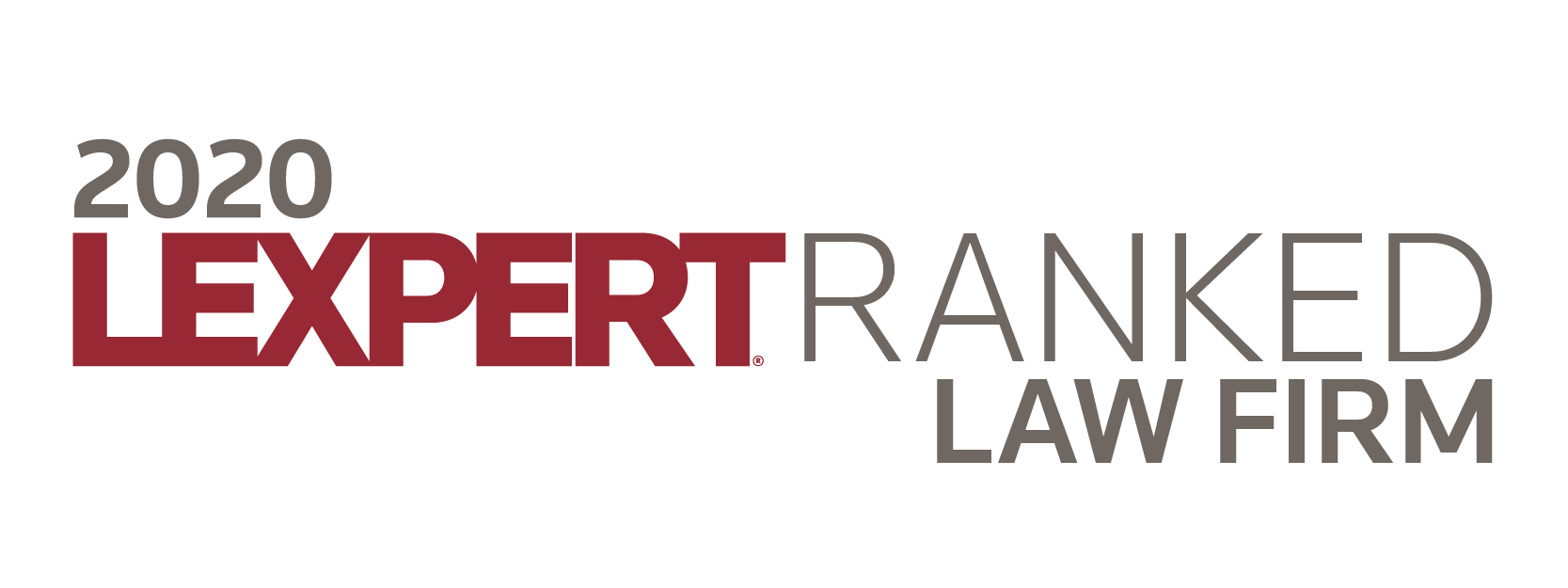Supreme Court of Canada ruling: Managers are not eligible for unionization under the Labour Code
On April 19, 2024, the Supreme Court of Canada rendered its decision in Société des casinos du Québec inc. v. Association des cadres de la Société des casinos du Québec, marking the end of an almost 15 year-long debate on the freedom of association of managers and their exclusion under the Labour Code. The facts The Association des cadres de la Société des casinos du Québec (the “Association”) represents first-level managers at the province’s four casinos operated by the Société des casinos du Québec (the “Société”). The Association is a professional syndicate within the meaning of the Professional Syndicates Act. Although the Association is not governed by Quebec’s Labour Code (the “Code”), given the exclusion of managers from the notion of “employee” provided for in theCode, this exclusion does not prevent members of the Association from associating. In fact, in 2001, the Association and the Société signed a memorandum of understanding governing certain aspects of the collective labour relations. However, faced with the inability of the Association’s members to access the remedies offered by the Code, such as protections against bad-faith bargaining, the right to strike and the specialized dispute resolution mechanism, in 2003 the Association lodged a complaint with the International Labour Organization’s Committee on Freedom of Association. Dissatisfied, the Association then filed a petition for certification under the Code in 2009, requesting that the exclusion of management staff from the definition of “employee,” and therefore from the unionization process under the Code, be declared unconstitutional, as it infringed on the freedom of association protected by the Charters. The Société raised an exception to dismiss, since managers are excluded from the application of the Code. Proceedings prior to the Supreme Court of Canada In its 2016 decision, the Administrative Labour Tribunal (the “ALT”) found that the exclusion of managers from the definition of “employee” violates the freedom of association of the first-level managers represented by the Association, and that this infringement is not justified in a free and democratic society. The exclusion was declared inoperative in the context of this application. According to the ALT, the Association does not benefit from a meaningful process for bargaining in good faith for its members’ working conditions. Furthermore, the Association members’ right to strike is infringed without any other mechanism being provided, which, according to the ALT, constitutes a substantial infringement of the right to collective bargaining. In 2018, the Superior Court of Québec allowed the Société’s application for judicial review. The Superior Court concluded that the exclusion of managers from the Code does not contravene the freedom of association. Employers must be able to trust their managers and, for the sake of employee unionization, there can be no ambiguity about managers’ allegiance1. Managers can organize and associate, but not under this law. In 2022, the Court of Appeal overturned the Superior Court’s ruling and reinstated the ALT’s decision. According to the Court of Appeal, the ALT was right to conclude that the effects of the exclusion from the Labour Code regime constitute substantial interference with the exercise of the freedom of association. The Supreme Court of Canada's decision In a new development on April 19, the Supreme Court of Canada allowed the Société’s appeal, essentially ruling that the exclusion of managers from the Code does not violate the freedom of association. Although the seven (7) judges hearing this case concluded that the Dunmore analytical frameworkis the relevant one, there are applicable concurring reasons. In the opinion of the majority of the Court, a two-part test must be applied: The Court must consider whether the activities in question fall within the scope of freedom of association; and The Court must consider whether the statutory exclusion substantially interferes with those activities, in purpose or effect. In this case, the Association alleged that by excluding managers from the application of the Code, the government was preventing its members from “engaging in a process of meaningful collective bargaining with their employer, with constitutional protection for the Association, sufficient independence from the employer, and the right to recourses if the employer does not negotiate in good faith."2 According to the Supreme Court, the Association’s claim was indeed based on an activity that is protected under the freedom of association, thus passing the first part of the test. However, the Association’s claim fails the second part of the test. The Supreme Court concluded that the exclusion of managers from the Code’s definition of an employee does not substantially hinder the Association’s activities. As the Superior Court had found, this exclusion is intended to distinguish managers from employees and avoid conflicts of interest, in particular by ensuring that the employer can trust its managers and that employees can protect their own interests. The memorandum of understanding between the Société and the Association demonstrates that the members are able to associate and negotiate with the employer. Moreover, this protocol enables the Association to take legal action before the ordinary courts of law in the event of non-compliance with its terms and conditions. According to the Supreme Court, “the right to meaningful collective bargaining does not guarantee access to a particular model of labour relations."3 Conclusion After several years of debate, the Supreme Court of Canada has finally settled the question of the constitutionality of the exclusion of managers from Quebec’s collective labour relations regime set out in the Labour Code. As this exclusion does not violate managers’ freedom of association, they will not be able to validly file petitions for certification under the Code. However, they will be able to exercise their freedom of association in other ways, as in this case, through the Professional Syndicates Act, as well as before the ordinary courts of law. This decision is a positive one for Quebec employers, as it protects the structure of workplaces and the allegiance of managers within organizations. 2018 QCSC 4781, para. 116 et seq. 2024 SCC 13, para. 47. 2024 SCC 13, para. 55.





